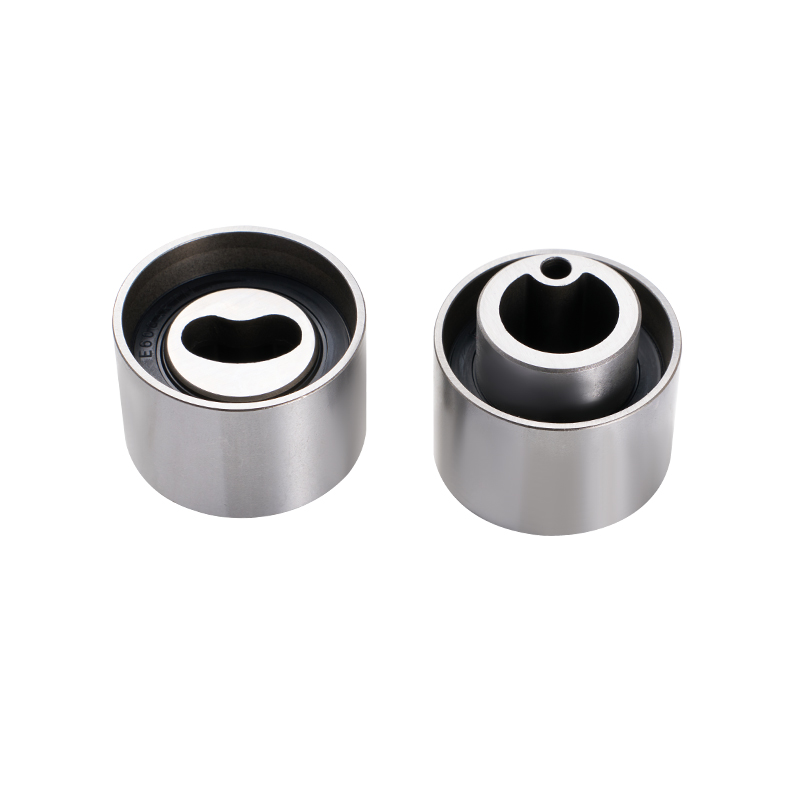
Bearings are critical components in automotive systems, ensuring smooth rotation and reducing friction in wheels, transmissions, and other moving parts. The 94580139 bearing is widely referenced in repair and replacement catalogs, but one common question among vehicle owners and mechanics is whether this bearing can fit multiple vehicle models.
Understanding Bearing Specifications
The 94580139 bearing is defined by specific dimensions, load ratings, and internal configurations. These characteristics determine how it interacts with shafts, housings, and other mechanical components. Vehicle manufacturers may use the same bearing across different models if the mechanical requirements—such as shaft diameter, load capacity, and rotation speed—are compatible. However, even small variations in size or design can affect performance and safety, so it's important to verify the specifications before assuming interchangeability.
Manufacturer Guidelines
Automotive manufacturers and bearing suppliers often provide detailed fitment information for the 94580139 bearing. This information usually lists the specific vehicle models, years, and systems where the bearing is approved. Consulting these guidelines helps ensure that the bearing will function properly without causing excessive wear or operational issues. Some suppliers also offer cross-reference charts, indicating alternative part numbers or equivalent bearings that may fit other models. This can simplify maintenance for vehicles that share components across different platforms.
Compatibility Across Vehicle Models
In many cases, the 94580139 bearing is designed for use in multiple vehicle models within a brand or manufacturer group. For example, certain wheel hub assemblies or transmission systems may use the same bearing across sedans, SUVs, and light trucks. A bearing's ability to fit multiple models depends on standardization in engineering and design. While this can reduce inventory complexity and make replacement easier, it is still necessary to confirm fitment for each specific vehicle to avoid problems such as improper seating, premature wear, or noise during operation.
Practical Considerations
Even when a bearing appears to fit multiple models, installation requirements may differ. Differences in housing design, preload settings, or assembly methods can affect performance. Mechanics often check dimensions, tolerances, and lubrication requirements to ensure that a 94580139 bearing functions correctly in a particular application. Using the wrong bearing, even if it physically fits, can cause to vibration, reduced lifespan, or component damage. Therefore, careful verification is essential for both safety and reliability.
Benefits of a Multi-Model Bearing
When a bearing like the 94580139 fits multiple vehicle models, it offers several advantages. It simplifies spare parts inventory for repair shops and fleet operators, reduces procurement costs, and facilitates faster repairs. Vehicle owners can also benefit from easier access to replacement parts, particularly for models that share mechanical components. A consistent bearing design can maintain performance standards across different applications, provided installation and operating conditions are followed correctly.
The 94580139 bearing can fit multiple vehicle models in many cases, but compatibility depends on careful consideration of dimensions, load ratings, and manufacturer guidelines. Checking official documentation, cross-references, and practical installation requirements ensures proper fitment and long-term performance. Understanding these factors helps mechanics, fleet managers, and vehicle owners use the 94580139 bearing effectively while maintaining safety and reliability across different vehicles.



 English
English русский
русский
